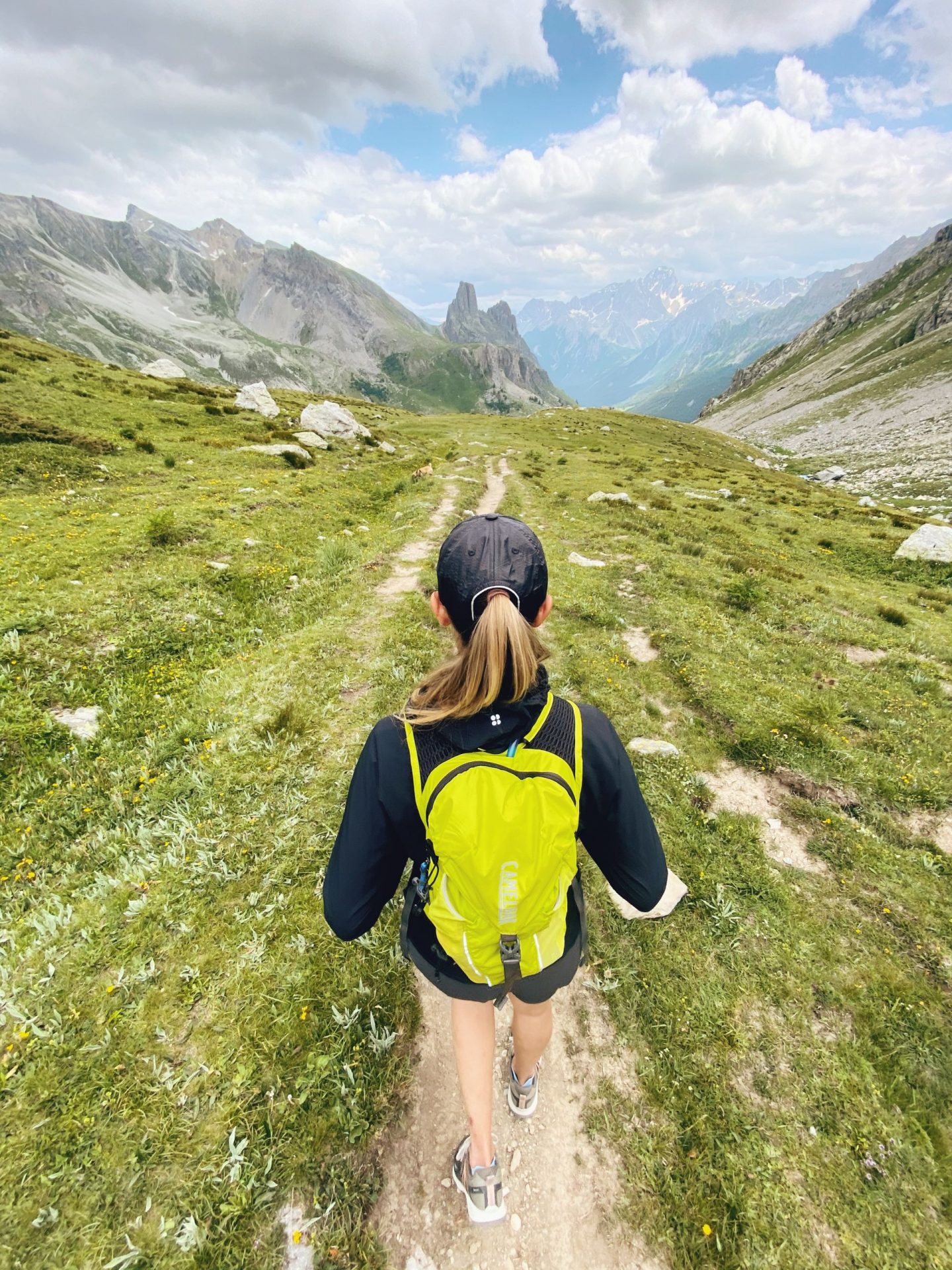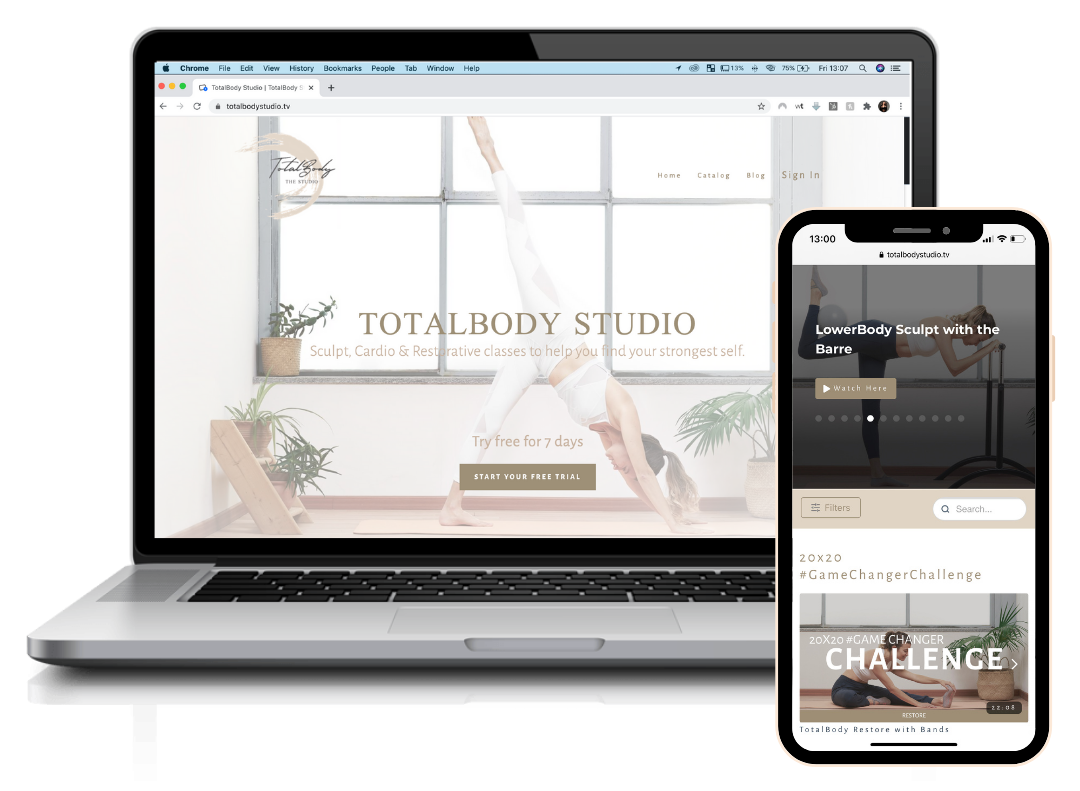
Hiking is an excellent low-impact workout. The fact that I get to spend this summer in my home town means I can do much more of one of my favourite activities due to it’s proximity to the Alps.
Multiple studies show that hiking offers many physical and mental benefits. From reducing anxiety to preventing osteoporosis, it is an outdoor activity delivering more than just good scenery.
Hiking though involves more – and sometimes unpredictable – variables. Of course, these variables are part of what makes it so enjoyable! But like many things in life, to come prepared is always a good idea.
Here I’ve listed my 10 top tips for people who wants to give hiking a go, but are unsure how to start. Enjoy!
Dress for success.
Let’s start from the basics, what to wear when hiking, or better, what NOT to wear: anything cotton. Predilige synthetics as they won’t get as dump. There’s nothing more annoying than getting so sweaty in the steep part of the trail and subsequently cold when your body starts to cool off (on shady parts or the trail or when you stop). Especially if you are hiking during the hot summer months make sure you wear something loose fitting to keep the air flowing. Also, even in a hot day it is wise to wear layers. The weather in the mountains is so unpredictable, and the temperature can drop drastically. Go prepared!
Wear the right shoes and socks.
Your feet are the ones that can turn your hiking experience from something truly enjoyable to hell, in case of blisters or uncomfortable shoes. Your normal trainers simply won’t cut it, you will need to get proper hiking shoes or boots. Hiking boots should fit snug everywhere, tight nowhere and offer room to wiggle your toes. Try to pick a light-weight and waterproof ones, as those will keep your feet dry and comfortable when you’re crossing streams or walking with rain. I personally prefer hiking boots as they give me ample support for my ankles while navigating uneven terrain and protection from sharp rocks and roots. Socks are an equally important piece of gear, but often overlooked. Selecting dedicated hiking socks will provide an essential element of protection for your feet against excess moisture, preventing blisters, and a layer of cushioning for getting you from the trailhead to the summit and back.
Pack the 10 essentials.
Depending on the length, remoteness and time of the year of your hike, this list varies and adapts more to circumstances. Generally these are the 10 items you should never leave your home without if you are going on a day-hike:
- Water, and more than what you think you’ll need. As you’ll be constantly exposed and moving you’ll dehydrate much faster than you normally would. The thing is: it’ll get lighter as you progress so don’t be scared to pack extra.
- Salty snacks, as you can get dehydrated faster you’ll need to replenish not only the water but also the electrolytes you are sweating out.
- Food, complex carbs is recommended to sustain energy level throughout.
- Sun screen. Cloudy or not the UVA are much more aggressive at an altitude, keep applying every now and again to protect your skin.
- Bug spray. There’s a multitude of bugs living in the mountains, especially in proximity of lakes and streams. Get your spray on!
- Change of socks. Even if your feet don’t get soaked, there is nothing more relieving than changing your sweat-dump hiking socks into a a fresh pair!
- Rain jacket. No matter how blue the sky might look at the beginning of your hike, surprise downpours and thunderstorms are very frequent in the mountains, especially if it’s hot and humid.
- First-Aid Supplies. You want to leave prepared for any eventuality. Bring your emergency kit along with some blister dressing just in case.
- Hat, to protect you from scorching sun rays.
- A multitool
Keep it light.
Okay, now that I’ve told you to pack all of this stuff, I’m going to tell you to keep your backpack light. This means opting for the lightest of each item. For example, remove any bulky packaging from your food and get a travel size tube of sunscreen instead of the big bottle.
Start small and choose the right trail for your fitness level.
Now that you geared and packed up it’s time to choose where to go. Select a hike shorter than the distance you can normally walk in a park or around town. Add an hour for every 500 m of elevation gain to your average walking time (basically divide your normal walking pace in half). After you’ve been out once or twice, you’ll have a sense for what distance and elevation changes work well for you.
Familiarise yourself with the trail.
Once you selected a trail read up blogs or reviews about it online. There are some excellent online resources available. Download the map and save it on the photo library of your phone. I’d also look for a good lunch spot such as a lake or peak with a view, and for streams of drinkable water where you can refill your bottle.
Pace yourself.
Regular breaks will allow your body to cool down and sweat to evaporate. Take them as an opportunity to sip some water (keep drinking throughout small amounts is much better than chugging a bunch of water at once) and eat your snacks. If you are taking a longer stop for lunch you might also want to take off your hiking boots, and maybe change your sweaty top.
Check the weather in advance.
If it is raining or is too hot it may not be the best day to go on a hike. If you decide to go on a hot day, perhaps pick a trail which has lots of shady areas or leave early/finish late. Thunderstorms in the mountains are not fun and very unpredictable, they are much more likely to occur when it’s hot. Be weary and wise and play it by ear. It is worth postponing to a more suitable day than getting into an uncomfortable situation.
Tag along with some friends and tell someone where you are going.
Going in a group or with a friend is fun, you can motivate each other and safer. Especially if your friend has more experience than you. It’s also important that someone not on the hike knows the itinerary and what time should they worry and call for help. Note that I didn’t say, “when you expect to be done.” The “worry time” may be several hours later than your planned finish time to allow for slow hiking, snaps of the amazing views, or perhaps a sore foot causing delays.
Pack it in, pack it out.
To preserve the beautiful and untouched nature exactly how you found it and in order to keep enjoy it, make sure to leave it exactly how you found it. It’s up to every outdoor enthusiast to take care of our natural spaces. Bring an extra bag for the rubbish to throw away once back (recycling it where possible!)

